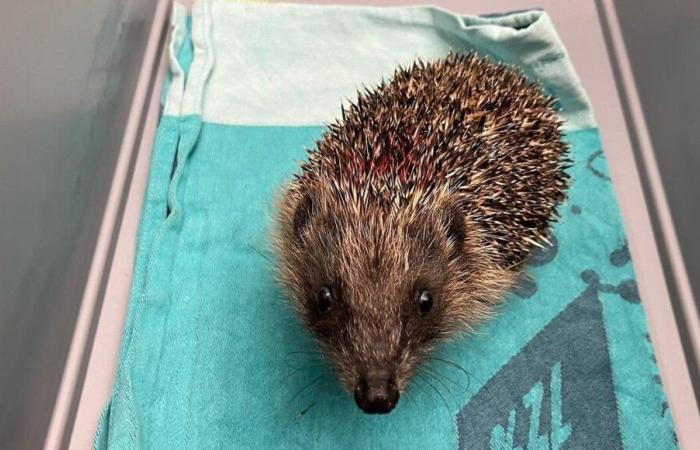They are very cute despite their spines, are very discreet in the gardens but are there. We are talking about hedgehogs here. We are perhaps less aware that the Paloume center, based in Pouydesseaux in the Landes, which recovers and treats injured wild animals, especially birds, also takes care of hedgehogs. It's even the animal they have the most, the one they care for the most since the structure existed. These little creatures must be fed. To do this, Paloume is organizing a collection this Saturday, November 1, from 9 a.m. to 6 p.m., at the JMT store in St-Pierre-du-Mont. For the first time, they are targeting hedgehog food with this collection.
Indeed, we don't necessarily have food for hedgehogs in our cupboards. Cat food, if you have a feline, yes. Croquettes, yes too, why not. But dried insects? Mealworms? Each year, half of what Paloume uses in food comes from donations. The other half they buy. This represents an envelope of around 5,000 euros. Hence their call for generosity, particularly important for them at this time.
Weak hedgehogs
In the fall, the center receives hedgehogs almost every day. “This is the period when the most vulnerable are not equipped to survive the winter. They can catch bacteria”confides the owner of the place, the director of Paloume, Laura Labarthe. In the nursery, one of them does not exceed 200 grams, although it should weigh 500. In another room, this hedgehog breathes in a funny way. This is not normal, confirms Laura Labarthe: “He caught lung parasites. It's common in this species. It's the slug that carries them. Healthy carrier. If it is not dewormed, it dies.”. Bacteria, wounds, etc. All of them are currently far too weak to hibernate, to spend the winter. So they will stay here. To eat well, regain strength.
Lise Dussaut
Note that hedgehogs are now one of the species in decline. The European hedgehog precisely. COP 16 on biodiversity, which ends this weekendclassifies them as “near-threatened” with extinction. They are on the red list of the International Union for Conservation of Nature. The fault… Man. The number of specimens is decreasing due to human activity.







